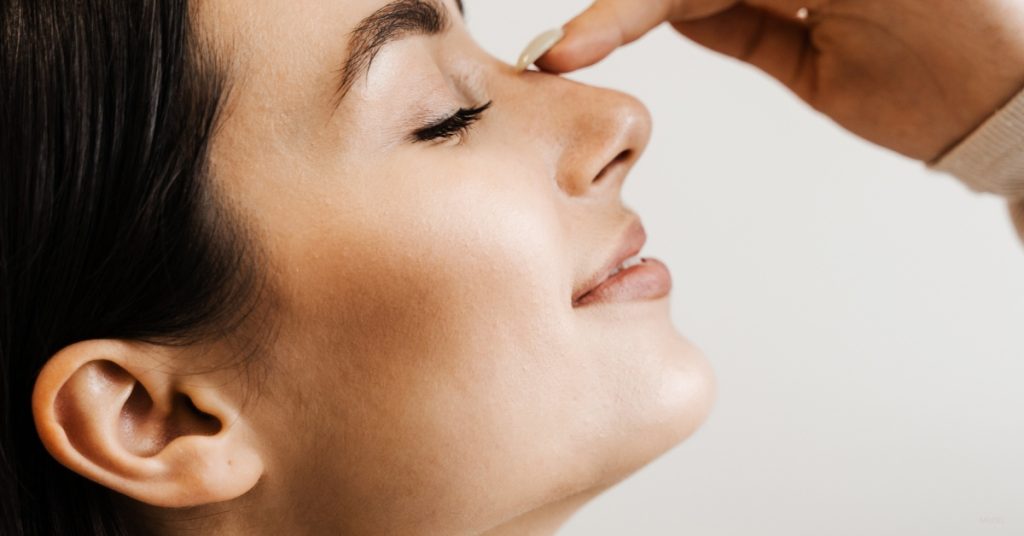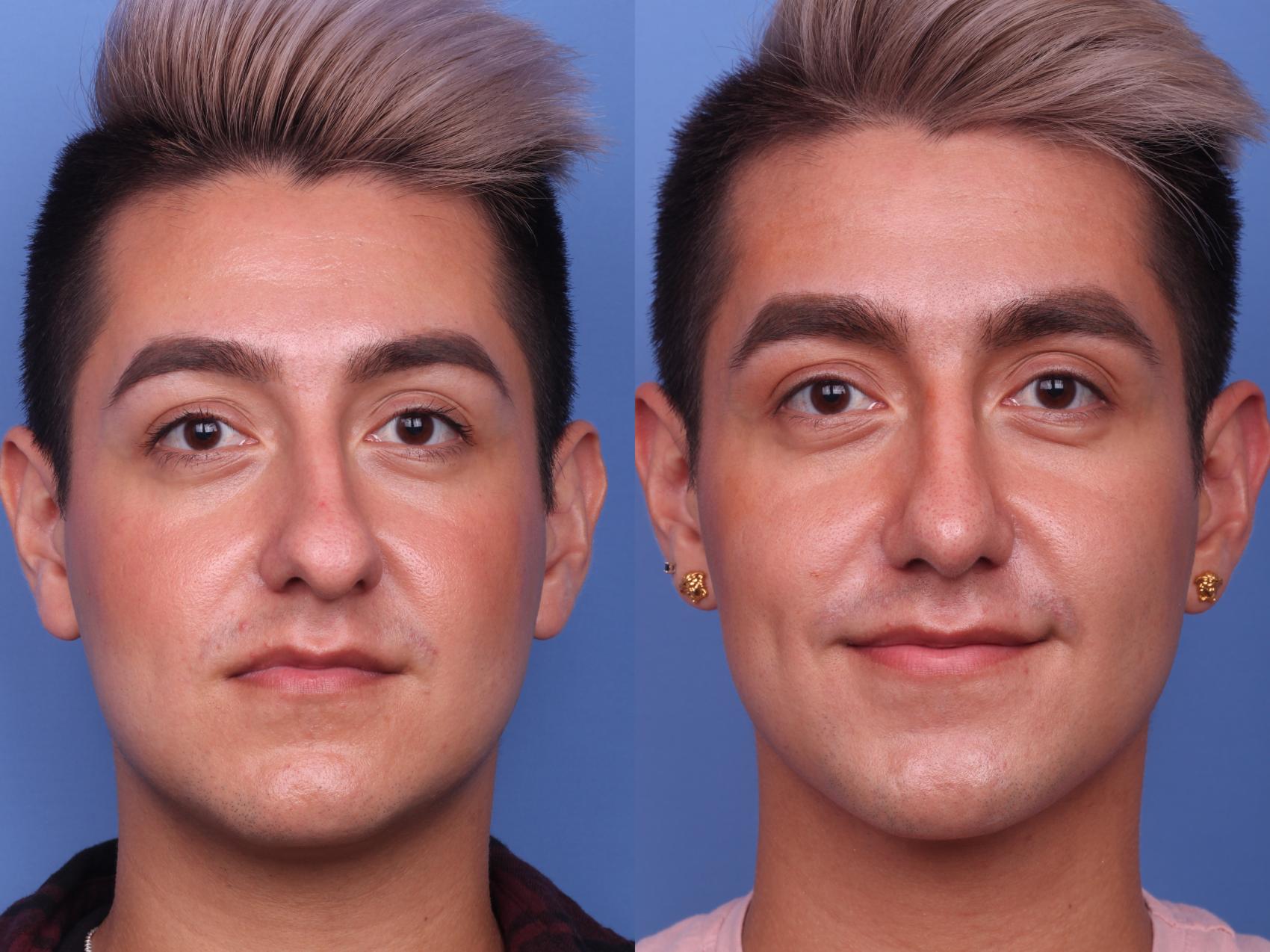Are you curious about nose surgery and wondering whether septoplasty or rhinoplasty is right for you? Both can make a big difference in your life, but they address different concerns and have unique benefits.
As a double board-certified facial plastic surgeon, I’m here to explain the differences and help you make an informed decision. Whether you’re aiming to breathe easier, enhance your appearance, or achieve both, let’s look at how these procedures can help you reach your goals.
Different Kinds of Rhinoplasty
Rhinoplasty, commonly known as a nose job, reshapes the nose to improve its appearance and, sometimes, function. I offer several types of rhinoplasty to cater to different needs and goals:
- Rhinoplasty: Primarily a cosmetic procedure, traditional rhinoplasty enhances the overall appearance of the nose.
- Ethnic Rhinoplasty: This technique is tailored to maintain and respect the unique ethnic features of the patient while still achieving the desired aesthetic results.
- Revision Rhinoplasty: For patients who’ve undergone previous nose surgery but are dissatisfied with the results or have encountered complications, revision rhinoplasty can address these issues. This procedure demands a high level of expertise due to its complexity.
- Functional Rhinoplasty: This type of rhinoplasty, which includes septoplasty, aims to improve nasal function and breathing by correcting structural abnormalities inside the nose, such as a deviated septum, enlarged turbinates, or nasal valve collapse.
Rhinoplasty Before and After Photos
What Is Septoplasty?
Septoplasty is performed to correct a deviated septum, the wall of cartilage and bone dividing the nasal cavity into two nostrils. A deviated septum can cause breathing difficulties, frequent sinus infections, and other complications.
During septoplasty, I make small incisions inside the nose to reposition or remove parts of the septum for a straighter and more functional structure that improves nasal airflow and breathing.
Septoplasty is often combined with cosmetic rhinoplasty techniques in a single procedure called septorhinoplasty, which improves both nasal function and external appearance.
Septoplasty Recovery
Septoplasties heal significantly quicker than rhinoplasties. Most patients return to normal activities within a week, though complete healing may take a few months. Swelling and minor discomfort are common but manageable with prescribed medications.
For septorhinoplasty procedures, the recovery time will be more in line with that of cosmetic rhinoplasty.
What Rhinoplasty Can Achieve
Rhinoplasties can address a variety of cosmetic issues, including:
- Irregularities such as lumps, humps, or depressions on the nasal bridge
- A large, drooping, or bulbous nasal tip
- Nostril size that is too large or overly wide
- A crooked or curved nasal bridge
- A nose that appears out of proportion with other facial features
Rhinoplasty Before and After Photos
Rhinoplasty Techniques: Open vs. Closed
Depending on your needs and aesthetic goals, I use one of these 2 approaches to rhinoplasty surgery:
- Open Rhinoplasty: This technique allows extensive reshaping and Involves an incision on the columella (the skin between the nostrils).
- Closed Rhinoplasty: Ideal for minor adjustments, a closed rhinoplasty results in no visible scars.
Rhinoplasty Recovery
The more extensive nature of rhinoplasty, involving lifting the nasal skin, modifying the underlying bone and cartilage structures, and then re-draping the skin, accounts for the longer recovery period compared to septoplasty.
Initial swelling and bruising around the eyes are common and subside within a couple of weeks. Patients typically return to non-strenuous activities after 1-2 weeks. Swelling should subside after about 3 months, but it can take up to a year for the nose to fully recover and all swelling to disappear completely.
Learn more about rhinoplasty recovery in this related blog post.
Schedule Your Consultation
If you’re considering septoplasty, rhinoplasty, or a combined procedure, I encourage you to request a consultation[/consultation or call my office at (480) 214-9955. We’ll discuss your concerns and create a treatment plan to achieve your goals.












Leave a Reply